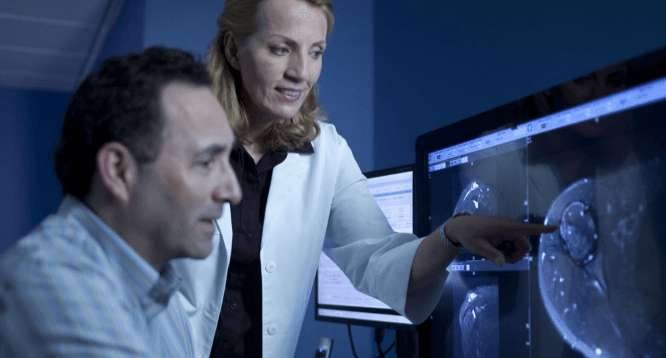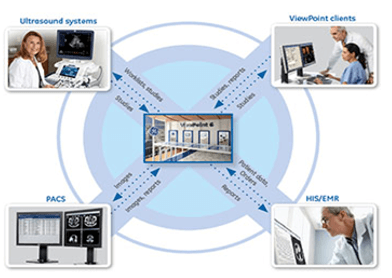Overview
The technology for acquiring, storing, retrieving, displaying, and distributing images has advanced dramatically in recent years. The push is toward enterprise-wide image management solutions, where digital images from radiology, cardiology, are seamlessly linked with information from clinical information systems and other databases, and they are accessed seamlessly from a single point of end-user interaction
Support clinical and medical patient care activities in the hospital
Administer the hospital’s daily business transactions (financial, personnel, payroll, bed census, etc.)
Evaluate hospital performances and costs, and project the long-term forecast
HIS provides automation for such activities starts from patient registration, admission, and patient Accounting. It also provides online access to patient clinical results (e.g. laboratory, pathology, microbiology, pharmacy, and radiology)
The system broadcasts in real time the patient Demographics, and when it encounters information with the HL7 standard or DICOM standard
One of the earliest issues that plagued the progress of HIS / PACS integration was a matter of language. Health-care information systems communicate using a standard protocol Health Level-7 (Hl7), which carries patient data between billing and information systems
In close parallel, imaging systems, including radiology imaging modalities – e.g., computed tomography (CT), magnetic resonance imaging (MRI), and PACS all employ the Digital Communications in Medicine Standard (DICOM) to communicate information related to digital images
Key Features

Vendor neutral archive with integration with multiple modalities
Integration with existing HIS/RIS
Tab Based interface (independent of platform and operating system)
Printing DICOM image on plain paper
Customizable report search engine
Image archival on server & registration, modality work list & billing
Broker Solutions

To solve the language barrier, a translation was needed between HL7 and DICOM. Enter the broker: a software and hardware device that accepts HL7 messages from the RIS then translates, or maps, the data to produce DICOM messages for transmission to the PACS
With RIS information now available electronically, PACS and modalities could accept RIS Technologist workflow requires patient and exam information from the RIS to flow to the modality
The broker provides support for this by taking advantage of the DICOM Modality Work list (DMWL). Scheduling messages are transmitted from the RIS to the broker and stored
The technologist is then able to request the list of scheduled studies by sending a query from the modality to the broker using the DMWL service. The result of the query would, in effect, provide a list of technologists’ “work to do”
Key Features

Paperless EMR Records
Highly secure patient data
Web-based work list
High quality imaging
Physician Can View Dicom Images through HIS
Enables access to images anywhere and anytime
Simplifies operations by integrating with EMR broker
Improving quality of patient care
Future proof solution for full integration
Cost-effective
Scalable
View images even at low bandwidth